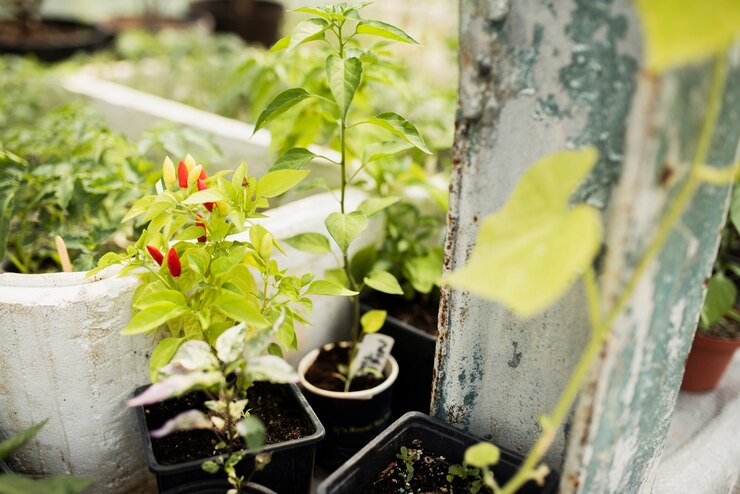Rain gardens are often associated with native plants and ornamental species, but did you know that you can also incorporate edible plants into your design? Growing edible plants in your rain garden allows you to enjoy a sustainable landscape that provides both environmental benefits and a harvest of fresh fruits, vegetables, and herbs. Here’s how Seattle gardeners can incorporate edible plants into their rain gardens.
1. Choosing the Right Edible Plants Not all edible plants are suited for the conditions of a rain garden, which can range from wet to dry depending on the season. However, many fruits, herbs, and even some vegetables thrive in this environment. Here are a few options to consider:
- Blueberries (Vaccinium spp.): Blueberry bushes are ideal for rain gardens because they prefer moist, acidic soil. They also provide beautiful spring flowers, summer fruit, and vibrant fall foliage.
- Serviceberries (Amelanchier alnifolia): Serviceberries are native to the Pacific Northwest and thrive in rain gardens. They produce small, sweet berries that can be eaten fresh or used in jams and pies.
- Mint (Mentha spp.): Mint is a hardy herb that loves damp conditions. It grows rapidly, so it’s best planted in a controlled area of your garden, such as near the edges where water collects.
- Wild Strawberries (Fragaria vesca): These native plants are perfect for ground cover in rain gardens. They produce small, flavorful berries in the summer and spread quickly to fill bare spots in your garden.
2. Integrating Edibles with Native Plants To maintain the ecological benefits of your rain garden, it’s essential to integrate edible plants with native species. Native plants help stabilize the soil, manage water levels, and provide habitats for pollinators. Try grouping edible plants with native shrubs, ferns, and ground covers to create a balanced and sustainable ecosystem. For example, you can plant blueberries alongside sword ferns and serviceberries with red osier dogwood. This not only enhances the garden’s appearance but also supports wildlife while producing food.
3. Maximizing Space and Water Use Edible plants can be integrated into different zones of your rain garden depending on their water needs. For example, plants that tolerate more moisture, like mint or blueberries, can be placed in the center or lower areas of your garden where water tends to pool. Drought-tolerant herbs like rosemary or lavender can be planted near the outer edges, where the soil dries out more quickly.
4. Harvesting Your Rain Garden One of the joys of having an edible rain garden is being able to harvest fresh produce. Blueberries and serviceberries can be picked in late spring and early summer, while wild strawberries are ready for harvest in mid-summer. Mint can be harvested throughout the growing season for use in teas, salads, and desserts. Incorporating edibles not only adds functionality to your rain garden but also encourages sustainable, organic gardening practices.
5. Maintaining an Edible Rain Garden Maintaining an edible rain garden is similar to caring for a traditional one, with a few additional considerations. Be mindful of water usage—while rain gardens are designed to handle rainwater, some edible plants may require supplemental watering during dry periods. Regularly prune fruiting shrubs and herbs to encourage new growth and maximize your harvest. Additionally, avoid using chemical fertilizers or pesticides in your edible garden, as they can harm both the plants and the local environment.
By incorporating edible plants into your rain garden, you create a sustainable landscape that nourishes both the environment and your family. It’s a simple yet effective way to combine functionality, beauty, and food production in your Seattle garden.
